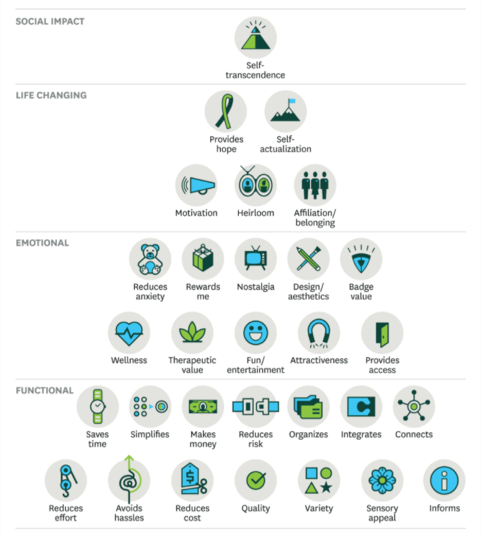- Advice
What do your clients need from you right now?
It’s August, and boy, what a different summer this one’s shaping up to be.
As we peek our heads out of our bunkers and businesses tentatively open their physical doors, we find ourselves, once again, in new and uncharted territory. Not quite open but not fully closed either.
As consumers, we might be questioning the wisdom of choosing to eat in a restaurant, get a haircut, visit the dentist, or (gasp) get on a plane. And as entrepreneurs ourselves, we feel the pain of all the businesses struggling to figure it out and stay afloat. The barriers they need to overcome with their audience and customers are completely new. The logistical, human, and societal challenges just keep on coming. And everyone is trying to figure out where they fit and how they add value in this new landscape.
Your clients need support in a big way, and you might be exactly the person they need to help them figure out what’s next.
If you’ve been stuck in a holding pattern of waiting for work to “pick back up,” this might be the perfect time to rethink what you do, the value you offer, the results you get, and how you get them.
Imagine showing up for your clients not as a hired gun but as a trusted thought partner, collaborator, and producer. Imagine showing up for them, supporting them, and feeling their gratitude because they didn’t have to do it alone.
Scary? Maybe. But this crisis might be the very thing that catapults you and your business to a whole new level.
Here are three ways you can identify what problems your ideal clients are struggling with, how you are uniquely equipped to support them, and how to get you and them back in the business game!
1. Understand what motivates your ideal clients.
In my experience as a business coach for creative business owners, one of the most common mistakes people make is not knowing what motivates their ideal clients to take action. Without those insights, the tendency is to default to what’s most accessible to you, the creative. So, if you’re a highly sensitive creative, you might focus on emotional motivators. If you’re extremely pragmatic and logical, you may only focus on the functional ones.
But research shows that the most successful brands in the world have a healthy mix of factors that include functional, emotional, social impact, and self-actualization. I’m willing to bet that if you checked your positioning, messaging, services and marketing against these factors, you’d see a HUGE opportunity to connect with people in a more multifaceted and effective way.
Action step: Check out the diagram below (which you can learn more about in this Harvard Business Review article) to see which elements immediately resonate and which ones you’re neglecting. Try incorporating those neglected factors into your positioning, messaging, and services.

2. Identify your ideal client’s problems.
Rather than waiting for prospective clients to identify their problem and seek help, be proactive. What does success look like for them? Where do they see their future self and business? What are their obstacles to achieving this vision? What do they need to succeed?
Depending upon your area of expertise, here are just a few things your clients most likely need help with, like, right now!
- Strategy: how to move forward under new circumstances
- Messaging: how to let their customers know what they’re doing and how to do business with them
- Marketing: getting in front of people who need them, but don’t know they exist yet.
- Ecommerce: selling their products online
- User Experience: helping their prospects make it through their sales funnel
- Communications: both internal and customer-facing
- Operations: processes, procedures, how things work
Action step: Choose the area(s) that fall in your zone of genius and outline the challenges you’re seeing, then start brainstorming specific solutions you could offer.
3. Go future tripping.
One of the best books I’ve read about crafting ideal client profiles is Michael Schrage’s “Who Do You Want Your Customers to Become?” Schrage argues that it’s not enough to design products and services your clients tell you they want and need (though that’s definitely a start!). Rather, the success of your business depends upon you designing new customers, thinking of their future state and how you are the conduit to their evolution.
I love this! It’s completely radical and wonderful. If this completely new way of thinking of things gets you jazzed, too, check out the action step below.
Action step: Describe who you want your customers to become. What is the transformation that is a result of having engaged with your services or product? If this still feels a little abstract, here’s mine: The purpose of my coaching business is to help freelancers move away from thinking of themselves as hired guns and start thinking and operating as the CEO of their creative business.
